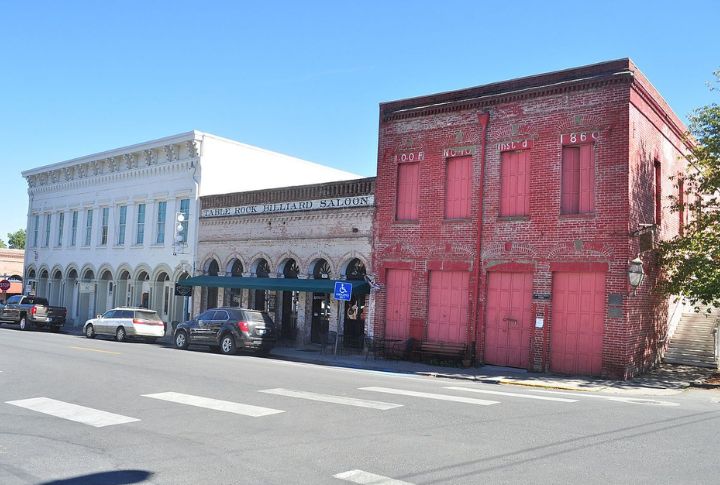
Some towns have a way of making time feel bendy, like you’ve wandered into a postcard that decided to keep going. In the Pacific Northwest, history lingers in crooked signs, weathered storefronts, and street grids that never got the memo to modernize. These 15 places lean proudly into their past.
Astoria, Oregon
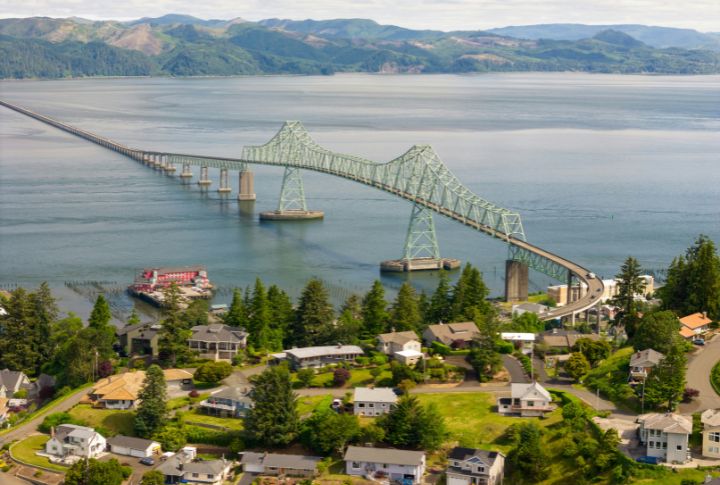
The Columbia River meets the Pacific here, and so do layers of history. Astoria is Oregon’s oldest permanent settlement in the United States, founded in 1811. The town’s hills are stitched with Victorian homes and cannery buildings. Visitors still feel the rhythm of a working port, but it’s the fog and slanted streets that quietly hold time in place.
Roslyn, Washington
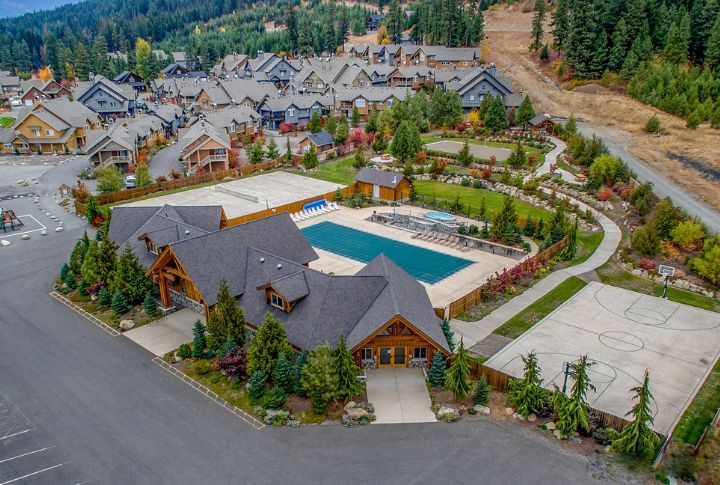
Roslyn was founded to support the Northern Pacific Railway’s coal operations. Much of the original town remains intact, with brick storefronts and civic buildings still in use. The Roslyn Museum offers local context, while the hillside cemetery reveals how a diverse immigrant workforce shaped the town’s identity over generations.
Jacksonville, Oregon
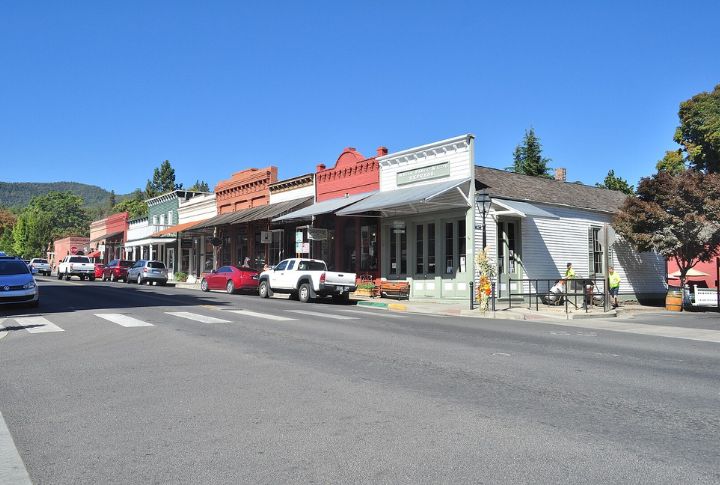
Jacksonville took shape during the 1850s gold rush and still follows its original street grid. More than 100 historic buildings survived, shielded under the National Historic Landmark District status. Small businesses now operate out of those same structures, which offer travelers direct access to Oregon’s early commercial architecture.
Port Townsend, Washington
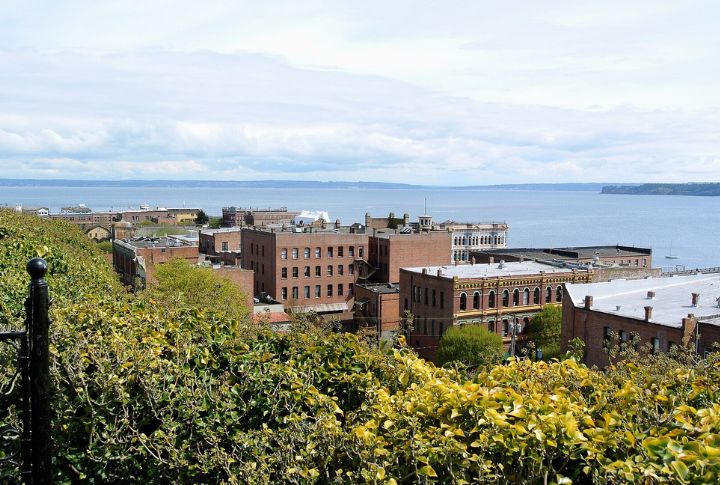
Built to be a major port, it was once called the “City of Dreams.” When railroad routes bypassed the town, development stalled, and its early architecture remained untouched. Today, grand Victorian buildings still face the waterfront, where an active port and civic center operate within their original structures.
Coupeville, Washington
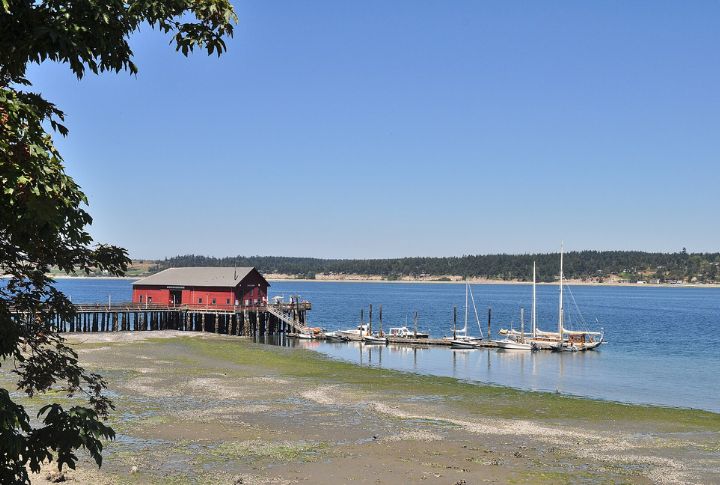
Coupeville sits on Whidbey Island and retains its original 19th-century character. The central waterfront features buildings on wooden pilings, and several structures predate Washington’s statehood. It’s also one of the oldest towns in the state, with a layout and building stock that haven’t been heavily altered.
La Conner, Washington
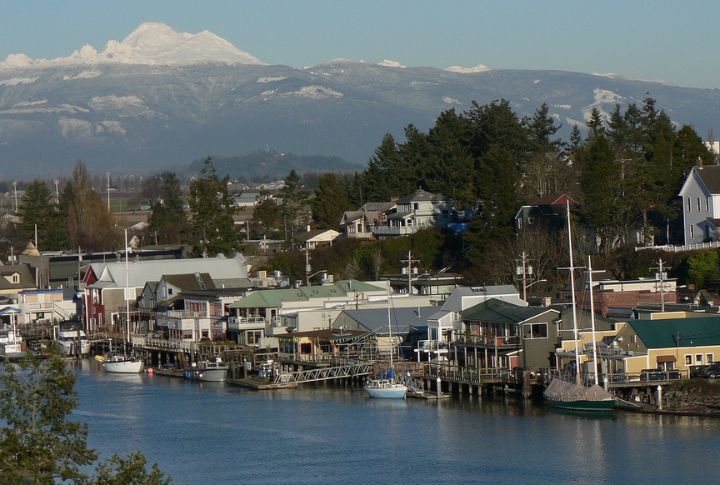
La Conner, Washington, began as a modest riverside trading post and slowly evolved into the heart of Skagit Valley’s agricultural scene. Historic buildings like the 1907 Hotel Planter still operate along First Street. The town’s shoreline dictated its original street grid, naturally limiting expansion and helping preserve its early layout.
Winthrop, Washington
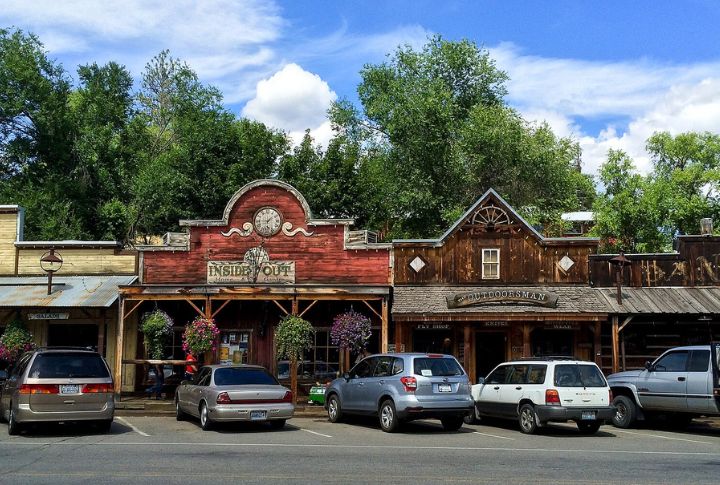
Gold brought settlers to the Methow Valley in the 1880s, but Winthrop’s present-day look came later. In 1972, the town adopted Old West aesthetics through strict design ordinances. Wooden walkways and frontier-style facades weren’t just added—they became law, creating a rare case of intentional historical styling.
McMinnville, Oregon
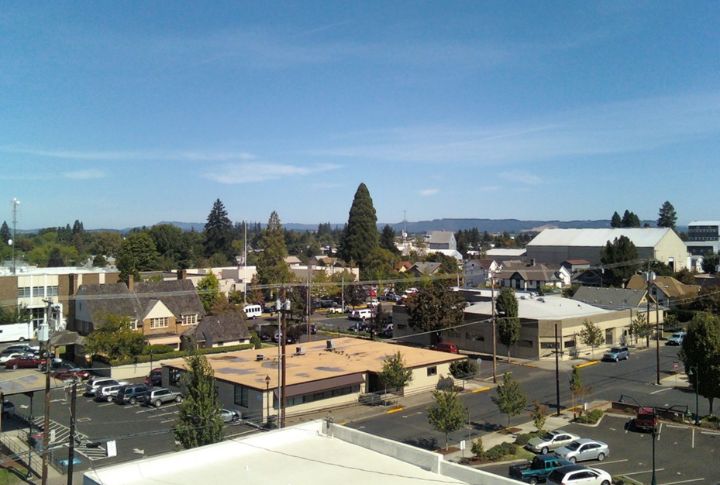
Third Street in McMinnville remains the commercial core, with early 20th-century buildings still in use. The town’s layout also dates to the 1850s, when rail and freight routes anchored its growth. Historic architecture continues to frame a downtown shaped by agriculture, where restaurants and tasting rooms reflect the region’s working roots.
Wallace, Idaho
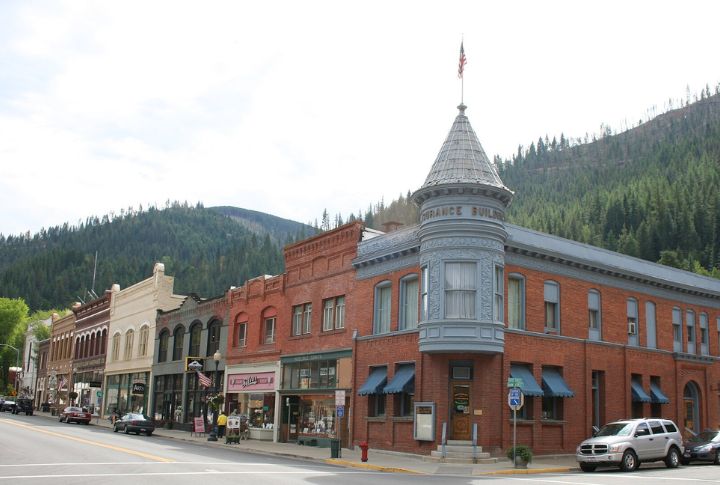
Wallace grew around its silver mines, and the downtown still reflects the scale and layout of that early boom. Locals halted freeway construction in the 1970s by securing historic status for the entire area. Thanks to their efforts, travelers can walk uninterrupted streets lined with saloons and mining relics that haven’t changed in generations.
Edison, Washington

Once a milling village along Samish Bay, Edison maintains its original footprint. Its main street features historic wood-frame buildings, now bustling with bakeries and pubs that highlight local flavors. The scale and walkability make it easy to take in the town’s old-world charm.

